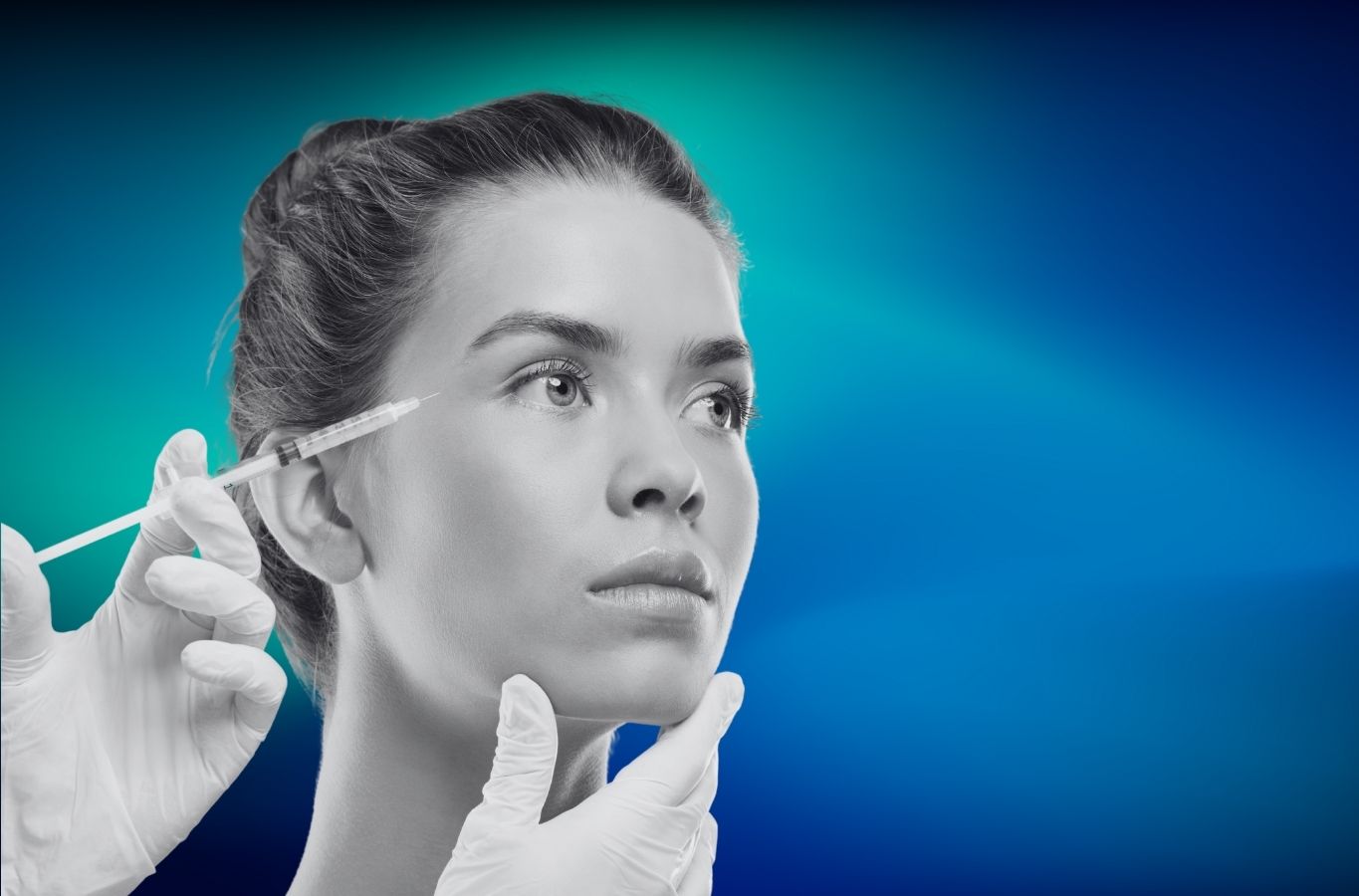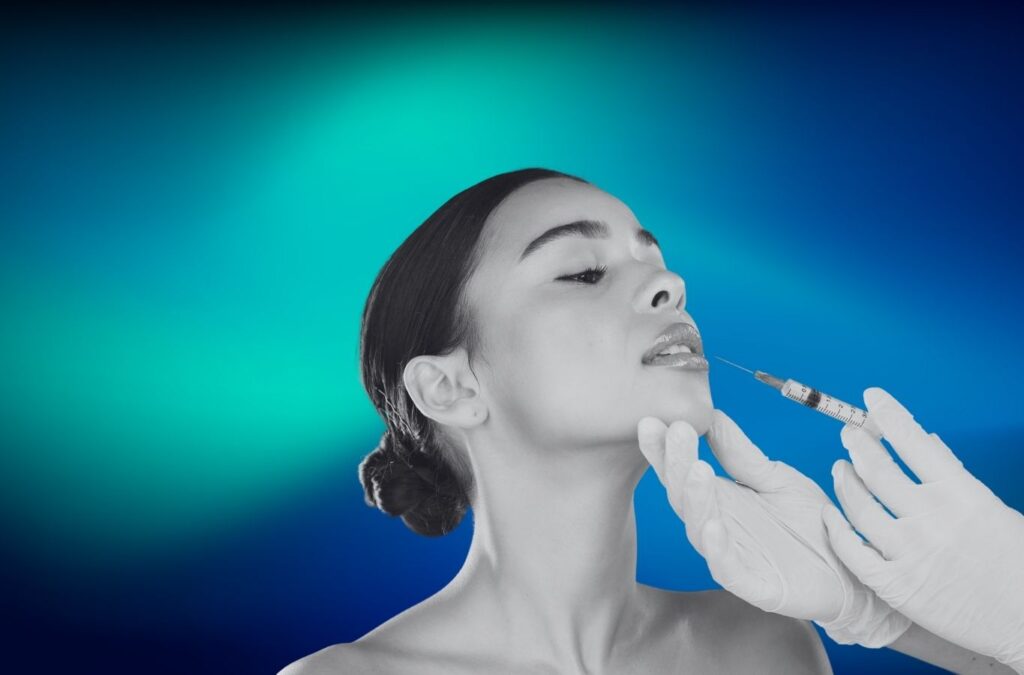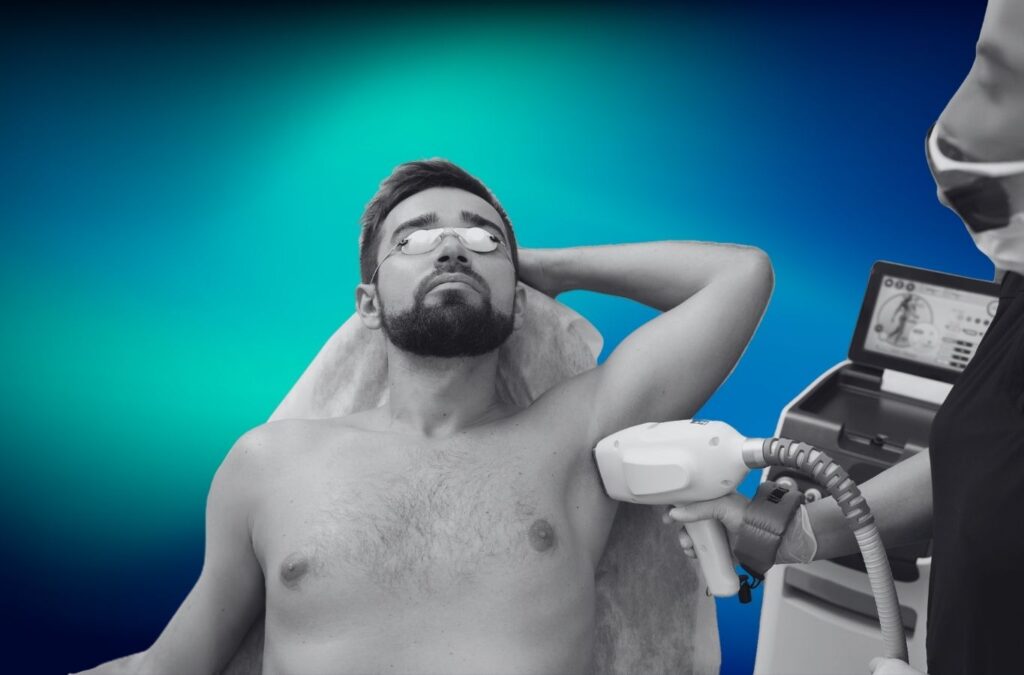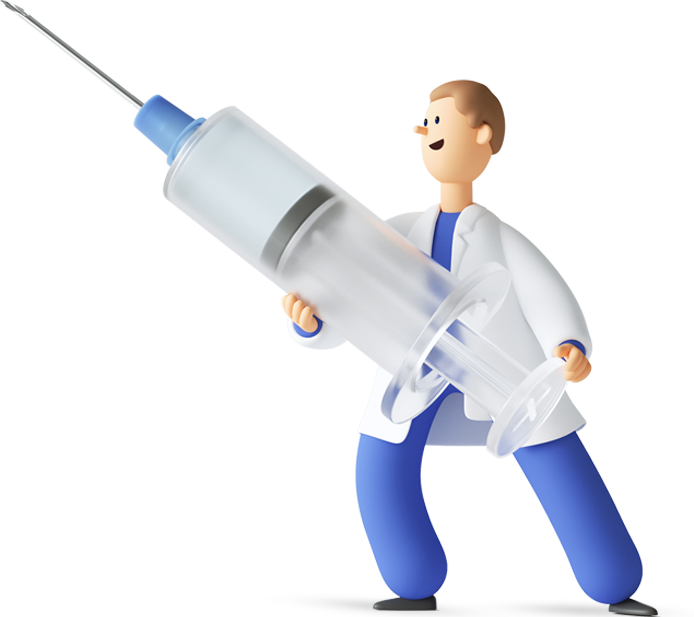
Medical Aesthetic Applications What is it?
Medical aesthetics is a branch of medicine that aims to improve the appearance of the person and minimise the signs of aging with various methods without the need for surgical interventions. The applications in this field are usually superficial and minimally invasive, provide recovery in a short time and aim to achieve natural, understated results. Medical aesthetics not only offers aesthetic changes, but also offers many treatment alternatives to improve skin health.
These procedures use a variety of techniques to help shape facial contours, reduce wrinkles, even out skin tone and address volume loss. Popular methods such as Botox, fillers, PRP, mesotherapy are generally preferred because they are applied with minimal side effects. Medical aesthetics is an area where people with aesthetic concerns can safely apply and offers different treatment options suitable for the needs of people of all age groups. In addition, fast healing processes and natural results have made this field increasingly popular.
Medical aesthetic applications can be planned individually and customised according to skin type, age and aesthetic expectations. Thus, both aesthetically satisfying results are obtained and long-term contributions to skin health are provided.
Medical Aesthetic Applications Causes
Medical aesthetics is performed with various non-surgical methods to improve skin health, reduce signs of aging and beautify the appearance. These procedures are applied to make individuals feel better in terms of aesthetics and health. The main reasons for medical aesthetics are as follows:
Reducing Signs of Ageing:
With aging, changes such as wrinkles, sagging and volume loss occur in the skin. Medical aesthetic applications reduce these symptoms, rejuvenate the skin appearance and give it a fresh look.Improving Skin Health:
Problems such as skin blemishes, acne scars, acne and enlarged pores can be treated with medical aesthetics. Applications such as PRP, mesotherapy can contribute to skin renewal and health.Gaining Aesthetic Posture:
Aesthetic concerns such as facial deformities, asymmetries or unwanted lines can be eliminated with medical aesthetic applications. For example, facial features can be corrected with botox and fillers, lips can be shaped.Eliminating Volume Loss:
Volume loss may occur due to collagen loss in the skin with age. Medical aesthetics compensates for the loss of volume in the skin with methods such as hyaluronic acid fillers.Increased Personal Satisfaction and Self-Confidence:
Medical aesthetics can increase self-confidence by increasing satisfaction with one's appearance. People are in a better psychological state when they feel younger and healthier.Alternative to Surgical Intervention:
Medical aesthetics offers an ideal alternative for those who want to achieve more natural and faster results with non-surgical methods instead of surgical operations. It is usually performed with minimally invasive (superficial) treatments, the healing process is fast and involves less risk.Desiring Natural Results:
Unlike surgical procedures, medical aesthetic applications usually provide more natural and understated results. People may only want to make minor improvements without dramatic changes to their face.
As a result, medical aesthetics offers an important option for individuals who want to address aesthetic concerns, improve skin health and reduce the effects of aging.

Medical Aesthetics He can't?
Medical aesthetic applications may not be recommended for some people due to some health conditions. Among these people:
- Pregnant and Breastfeeding Women: Women during pregnancy and breastfeeding should avoid most medical aesthetic applications. Especially botox and filling applications are not recommended during this period.
- People with Severe Chronic Diseases: Individuals with severe health problems such as heart diseases, diabetes, cancer should consult their doctors before having some medical aesthetic applications.
- Allergy sufferers: People who are allergic to applications such as fillers and botox should avoid these procedures.
- People with Active Skin Infections or Wounds: People with active infections or wounds on the skin should not perform medical aesthetic procedures.
In conclusion, medical aesthetic applications can be a safe and effective option for healthy people with aesthetic concerns. However, it is important to consult a specialist before each application and to consider the medical history of the person.
Facial Paralysis Recovery Process After Treatment
The healing process of medical aesthetic applications is generally faster and easier compared to surgical interventions. However, each treatment is different and the recovery time may vary depending on the method used. Here are the healing processes of some common medical aesthetic procedures:
1. Botox (Botulinum Toxin):
Recovery Time: You can return to your daily activities within 24-48 hours.
Side Effects: Mild headache, bruising or redness at the injection sites, but these symptoms disappear in a short time. Results: Effects start to be seen within 3-5 days and full results are obtained within 1-2 weeks.
2. Filling (Hyaluronic Acid Fillers):
Recovery Time: Most patients can return to their daily life immediately after the procedure.
Side Effects: There may be mild swelling, bruising or tenderness, but these usually resolve within a few days.
Results: They are seen quickly and results can last between 6-12 months.
3. PRP (Platelet Rich Plasma):
Recovery Time: There may be slight redness, swelling and tiny bruises after the application, these usually disappear within 24-48 hours.
Side Effects: Rarely complications such as infection or excessive swelling may develop.
Results: The effect of PRP applications starts to be visible within a few weeks and the best results occur within a few months.
4. Mesotherapy:
Recovery Time: Recovery is usually achieved within 1-2 days after the procedure. Slight redness, swelling or needle marks may be seen.
Side Effects: Mild bruising or itching may occur, but these usually resolve within a short time.
Results: Within 2-4 weeks, skin improvement, regeneration and tightening effects are observed.
5. Laser Applications:
Recovery Time: Depending on the type of laser, there may be redness or crusting on the skin. Usually the skin returns to normal within a few days.
Side Effects: After the laser, the skin may become dry, scaly or crusted.
Results: Results start to be seen within 1-2 weeks, but the skin renewal process can take 1-3 months.
6. Chemical Peeling:
Recovery Time: There may be peeling, drying or slight redness on the skin after the application. The skin usually heals within 3-7 days.
Side Effects: Dryness, tenderness or itching of the skin may occur. These temporary symptoms decrease with the regeneration of the skin after treatment.
Results: The effect of chemical peeling becomes more pronounced 1-2 weeks after the procedure and the skin becomes smoother and brighter.

Frequently Asked Questions
How long does the treatment of facial paralysis last?
The duration of facial paralysis treatment varies depending on the type of paralysis and the response to treatment. In simple cases, recovery can be achieved within a few weeks, but more serious conditions can take months.
Is facial paralysis completely cured?
Some cases of facial paralysis can be completely cured. Especially in cases such as Bell's palsy, facial functions can return with treatment. However, in some severe cases, permanent damage may occur.
What is the most common cause of facial paralysis?
One of the most common causes is Bell's palsy, which leads to unilateral facial paralysis. Traumas, infections and stroke are also common causes.
Does facial paralysis require surgical intervention?
Facial paralysis does not always require surgical intervention. Most patients can recover with medication and physical therapy. However, conditions such as traumas or tumours may require surgical intervention.
Which methods are used in the treatment of facial paralysis?
Treatment depends on the severity of the paralysis. Steroid medication, physical therapy, botox treatment, electrical stimulation and surgical interventions are the most common treatment options.
Is facial paralysis temporary?
Facial paralysis can often be temporary, but in some cases it can lead to permanent damage. Early treatment increases the chances of recovery.
What does botox treatment for facial paralysis do?
Botox treatment is used to correct asymmetry caused by facial paralysis. By preventing excessive contraction of facial muscles, it helps facial expression to be more symmetrical.











